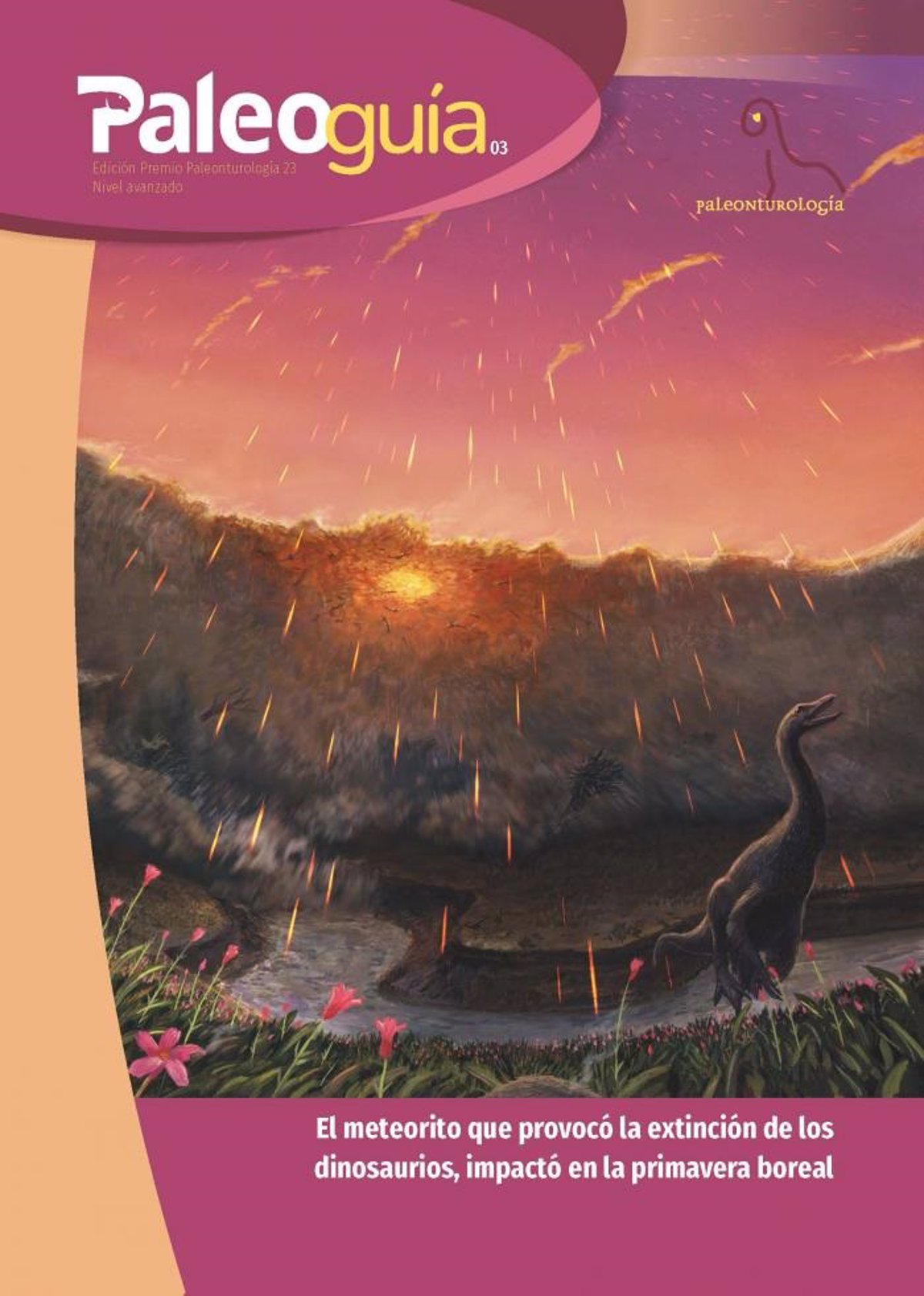This weekend, the Dinopolis Foundation will present to visitors the third installment of the Paleogy series.

TERUEL, October 3 (EUROPE PRESS) –
Visitors to Dinopolis on the weekend of October 5th and 6th will receive a free copy of the third edition of the Paleo Guides series as part of International Geodiversity Day, which will be celebrated on October 6th. This document will continue to be delivered until 3,000 printed copies are exhausted.
This series of publications by the Foundation of the Paleontological Complex of Teruel Dinopolis aims to educate and disseminate paleontology to the general public. In this case, the publication Paleoguía03 corresponds to the informative version of the scientific work that received the 2023 Paleontourology Prize 23, which went to the work “The Mesozoic Ending in the Boreal Spring” and which was published by Melanie in the journal Nature. A. D. Dühring, Ian Smith, Dennis F. A. E. Voten, Camille Berruyer, Paul Tafforo, Sophie Sanchez, Koen H. W. Stein, Susan H. A. Werdegaal-Warmerdam, and Jeroen H. J. L. van der Lubbe.
These same paleontologists are the authors of the book Paleoguía03 entitled: “The meteorite that caused the extinction of the dinosaurs fell during the boreal spring”, which is coordinated by the paleontologists of the Foundation Luis Miguel Sender and Alberto Cobos and which in its publication received the support of Dinópolis and Caja Rural de Teruel.
This publication consists of full color text, photographs and graphics and will also be available for free on the Dinopolis Foundation website at the following link: “https://www.fundaciondinopolis.org/index.php/activityes/dif. ..” in Spanish and English versions.
This Paleoguide03 explores evidence of a meteorite impact that wiped out dinosaurs and other animals found in Cretaceous-Tertiary boundary rocks at the famous Tanis site in North Dakota, USA.
The presence of meteorite glass spherules inside the gills of the fossilized fish, as well as inferences drawn from the growth patterns of the bones of these animals preserved at the site, indicate that these fish were alive at the time they were buried by the giant tsunami. caused by a meteorite that crashed 66 million years ago on the coast of what is now the Yucatan Peninsula in Mexico, and that this event occurred in the spring in the northern hemisphere.